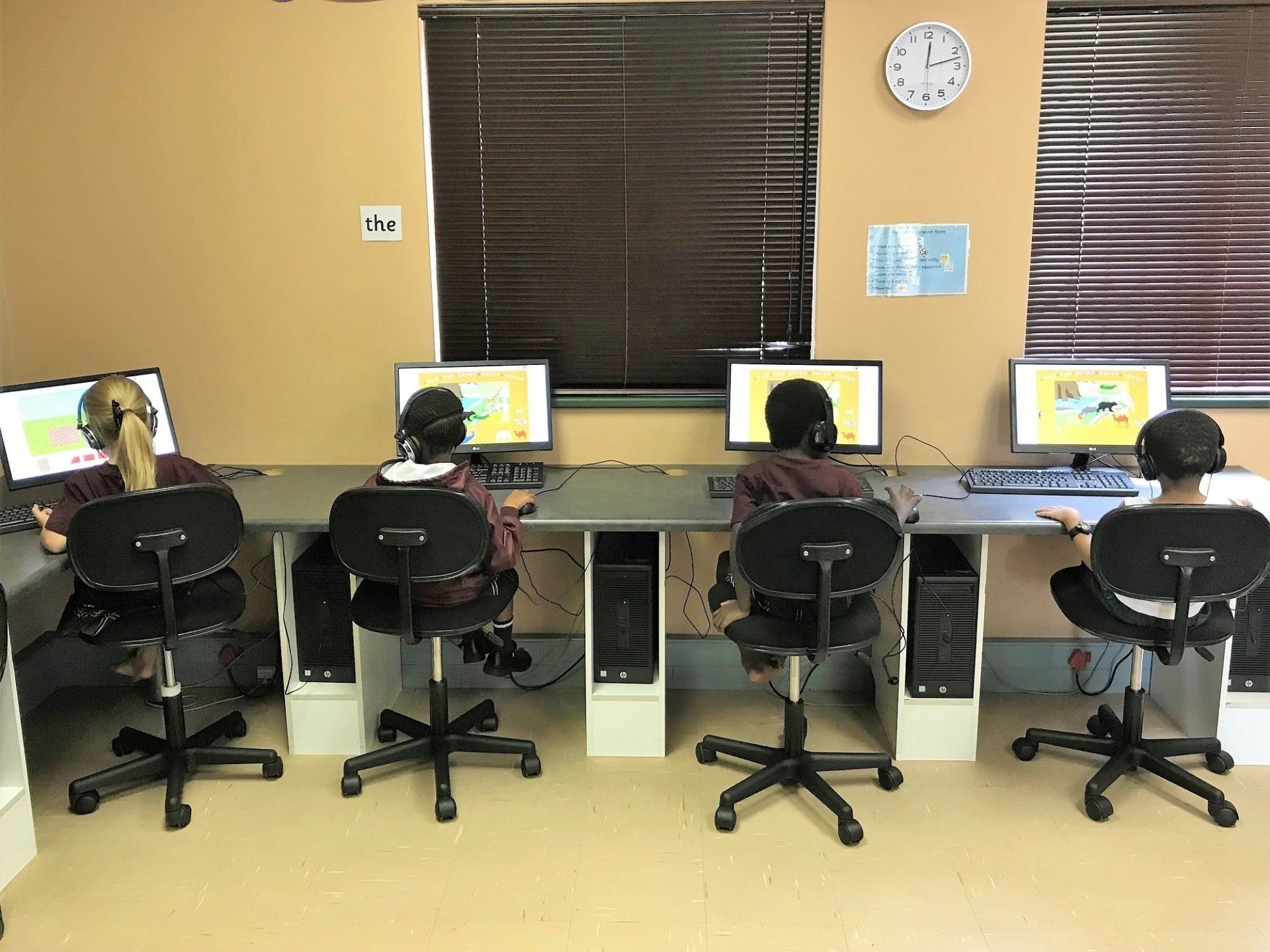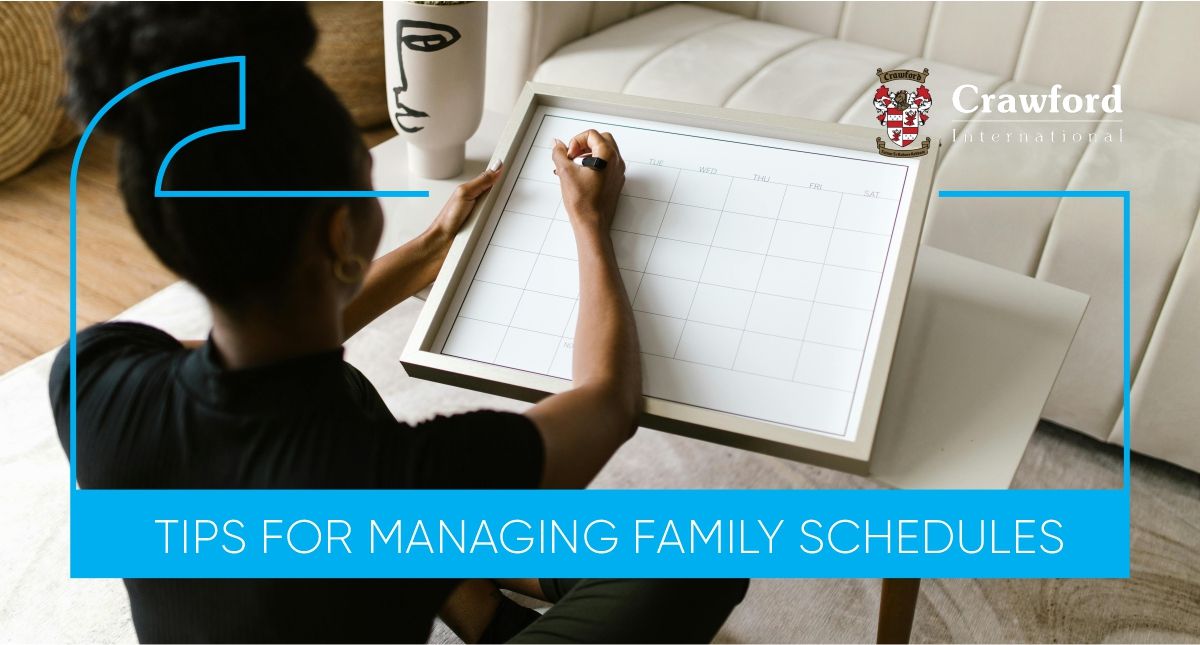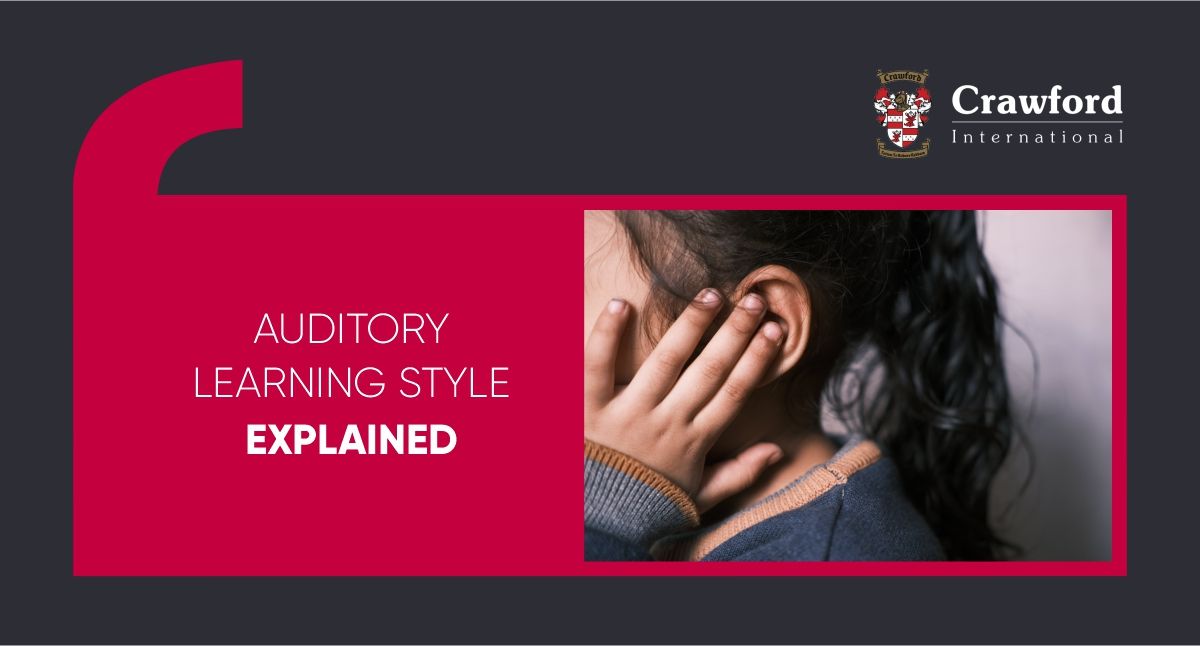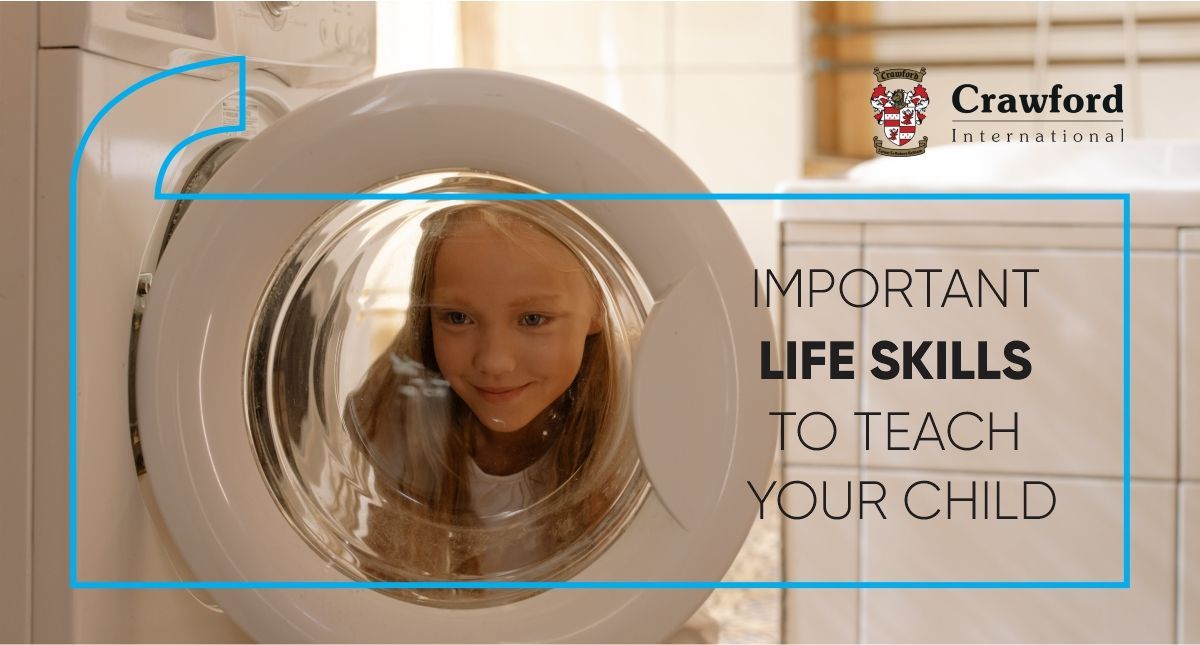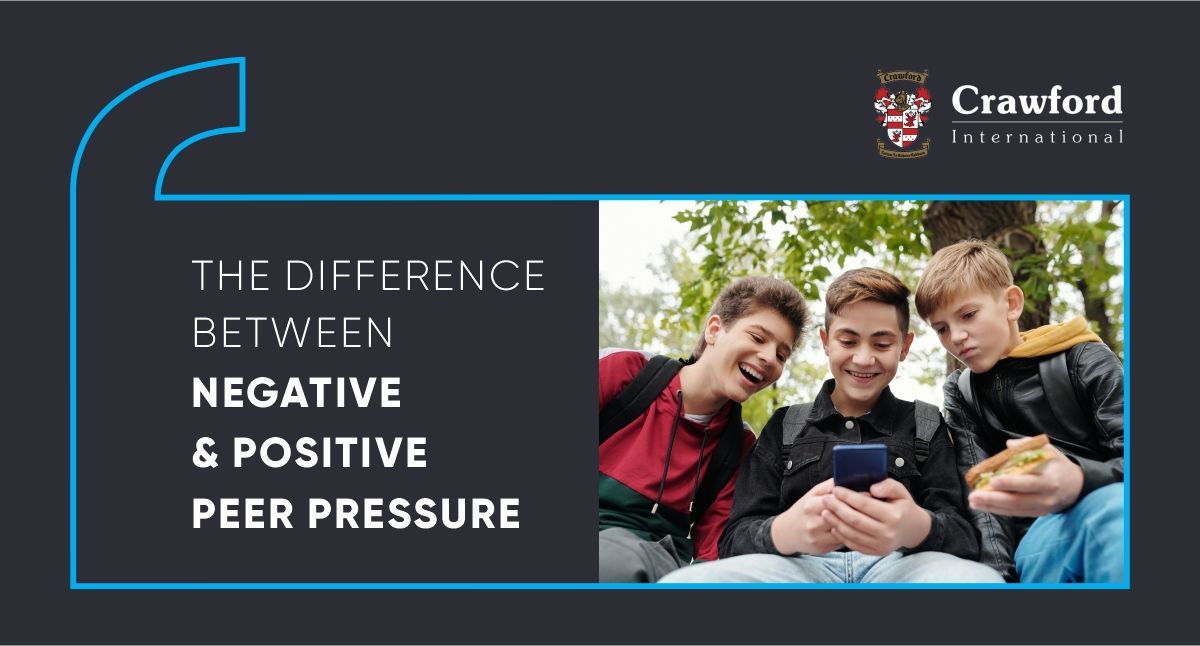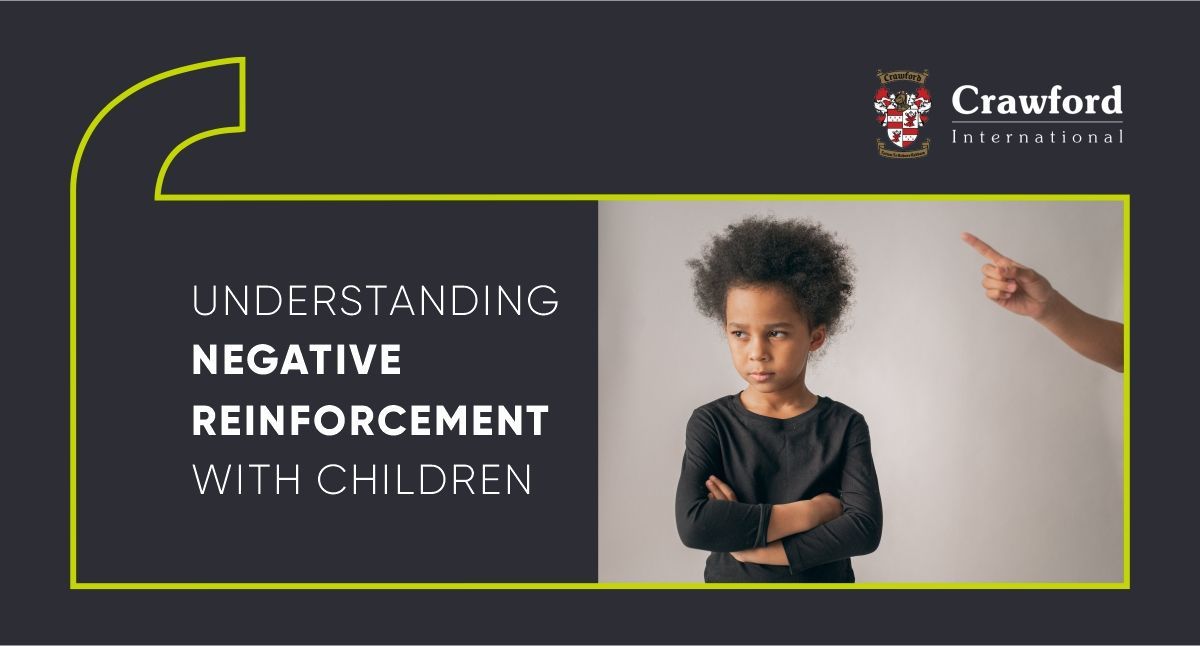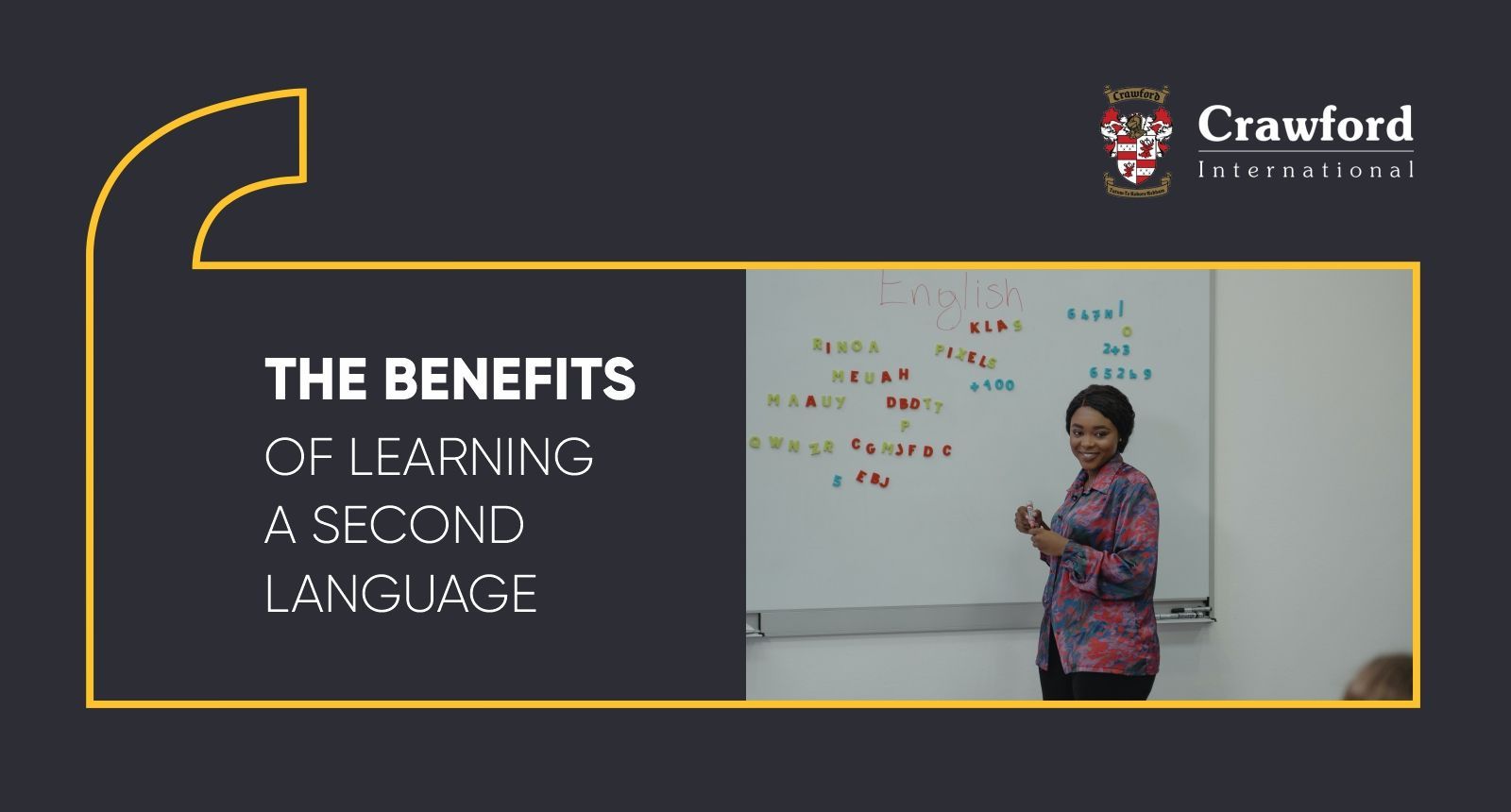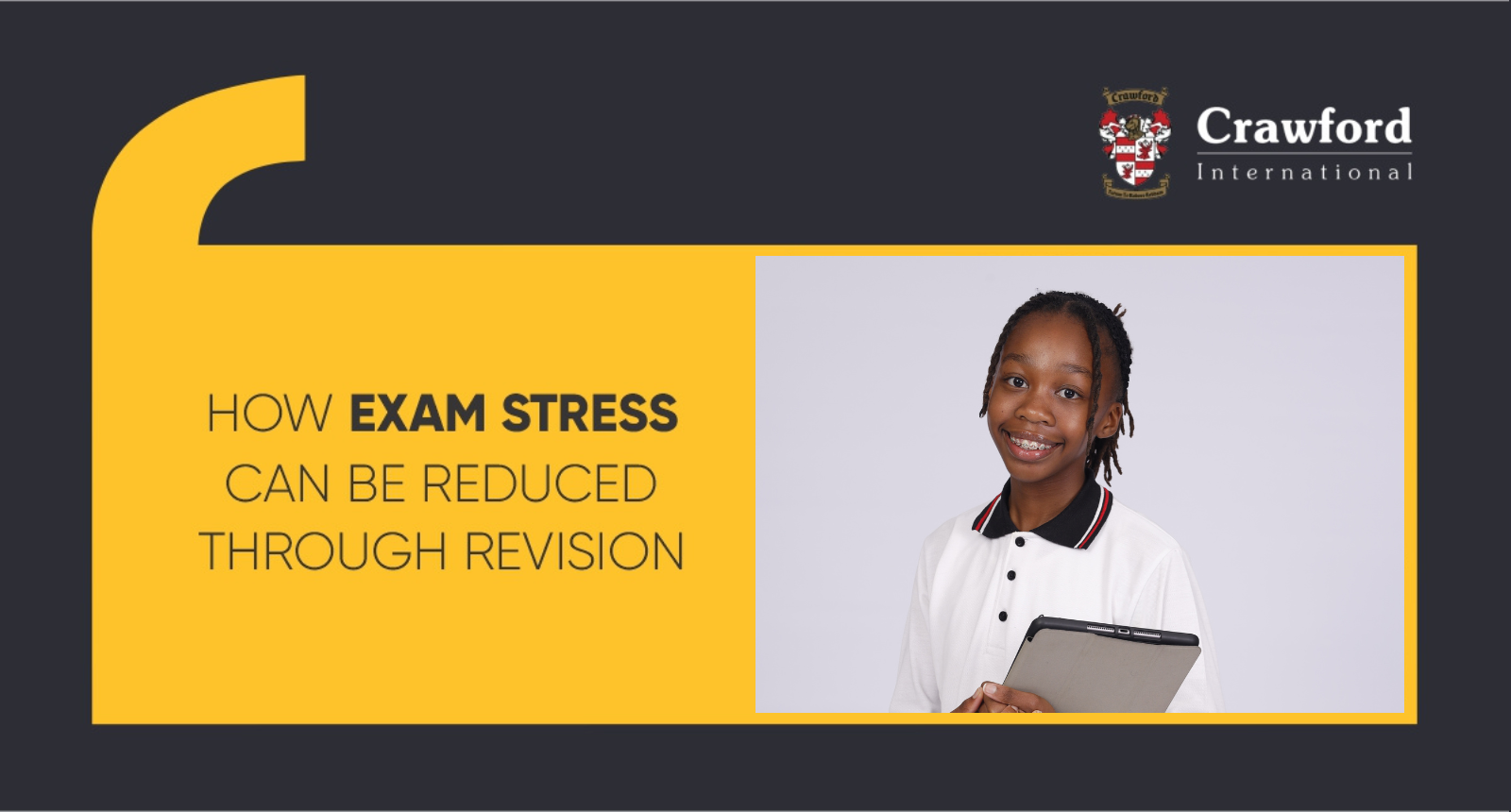
How To Reduce Exam Stress Through Revision Did you know that studying and revision are two different things? In a nutshell, ‘studying’ refers to the initial exposure a student has to the course material. This happens in the classroom or by reading the textbook. Revision, however, is what happens after the initial study happens and relates to strategies or techniques used to visit and revisit the course material at consistent intervals, in order to gain a deeper understanding and easier recall. The 2,3,5,7 revision method This method refers to the intervals at which revision is done, after the initial learning has taken place. Day 2 and day 3 are revision days of the learning achieved on Day 1. Day 4 is a rest day, while Day 5 you re-visit the work. Day 6 is another rest day, and finally Day 7 is your last re-visit opportunity before you write your exam. These revision sessions should not take more than 45 minutes, with a 15-minute break. Planning your revision will ensure that you get what you need done, instead of ‘wandering’ about the content aimlessly. You can use various revision strategies to help you learn the course material in different ways. What are some revision strategies? Did you know there is ‘Active’ revision and ‘Passive’ revision? Passive revision is simply reading the course material, typing out neat notes, and highlighting sentences. This is very simplistic and not enough to get the information into your memory. Active revision, on the other hand, is a more energetic approach and uses different methods to learn and understand the content. Here are some handy revision methods: In the Past: Past papers are a fantastic way to simulate an actual exam while testing your knowledge of the coursework. First, do the test as if it’s a live exam. Then test your answers against your own notes. Once you are sure of your answers, mark yourself against the memo. On the cards: Flash cards (and colourful sticky notes) are great for active revision because you have to take the comprehensive information and condense it into a single card or note. This requires understanding of the work. Comfort in numbers: Grab some friends and create a pop-up study group. Not only will others keep you motivated, but they will also be your sounding board as you teach them concepts (without your notes) and they can also act as a guide if you are stuck on some material. Rap it: The same way song words stick in your head, if you add a melody or a rhyme to information, you will remember the facts more easily. For instance: ‘Wishy-washy on his own, signed it was a whale bone’. A silly rhyme to remember that George Washington, signed the Treaty of Independence in Nantucket (home of the whale) – for example. Rest it: You simply cannot revise all the time! It’s exhausting and unproductive. Build some flexibility into your revision plan because self-care is important to learning. Sleep, eat, revise, play and repeat. Setup a Revision Timetable So now you know what you need to do, create a timetable to manage your revision slots. Start with a blank month page and add the following to your timetable: Fixed activities. This includes school time, sport practices and matches, family commitments , etc. Flexibles activities. This includes exercise, chores, socialising, meal times and games. Hot hours. Analyse when you work best, such as in the morning or the night. Steal open hours this time because that’s when you’ll get the best quality revision done. Exam Dates. Once you’ve added your assessment dates, work backwards from those dates to make sure you have enough revision time. How much time is enough time? Remember our 2,3,5,7 method above, featuring 45 minute slots with a 15 minute break? Apply that method as best you can and soon it will become clear if you have enough time or not. Tricky first. For each of your subjects, write down the main topics or sections. Now rate how confident you are in those topics. The topics you are least confident in should be the ones you tackle first, practise longest, and the ones you re-visit most often. Now that you have some sort of structure to your revision, start today! That one hour you would’ve spent lying in the bath watching reels can now be spent revising one section for 45 minutes, and then you can lie in the bath for the remaining 15 minutes. Take responsibility and plan well. Crawford International students please know this: we understand that exam time can be stressful. We believe that if you simply revise your work (as stated above), then you will alleviate your exam anxiety. Remember too that we are all here to help you if you are struggling. All you have to do is ask.
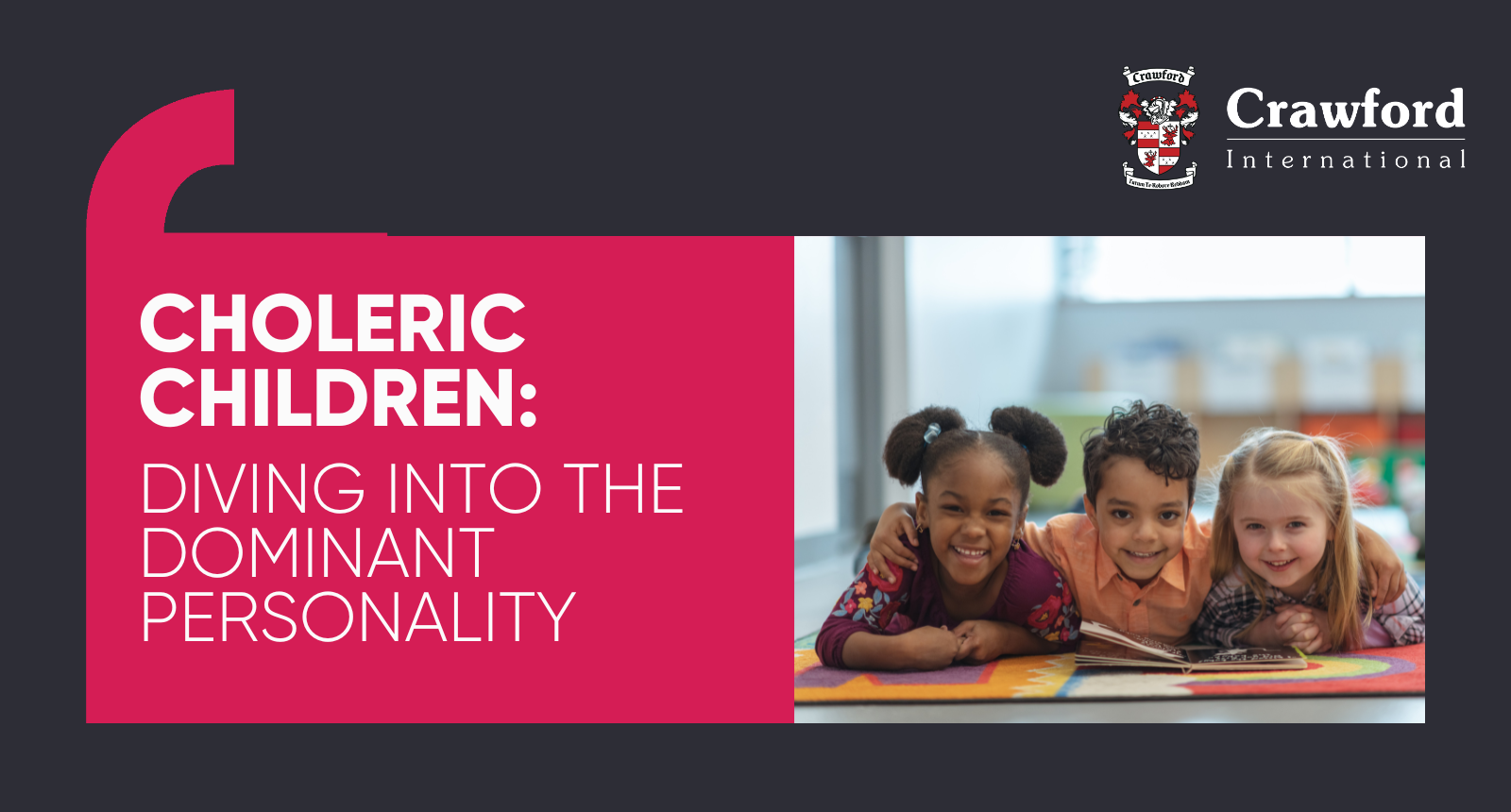
Choleric Children: Diving Into The Dominant Personality Have you ever heard anyone say, “He has such a lovely temperament” or, “She can be very temperamental?” Have you ever wondered what that really means? The dictionary will tell you that temperament is a person’s nature or consistent behaviour. The important thing to remember, however, is that temperament makes up only part of a person’s larger personality. At Crawford International, we are aware that all children have different personality types and different temperaments, and we strive to teach all of them in the way that they will learn best, a personalised learning journey. There are four identified temperaments. They are: phlegmatic, melancholic, sanguine, and choleric. A phlegmatic temperament is one found in an easy-going child, They are usually very relaxed, contemplative, and often shy. The phlegmatic child is a peace-loving soul who would rather be left to their own devices than to be stirred into action. A melancholic child is a deep thinker and a sensitive soul. They are extremely averse to risk and challenge and rather look at a situation with compassion and understanding. The sanguine temperament is the most social and happy of all the temperaments. They are energised by change and spur-of-the-moment decisions. They are usually positive people and like to talk, and talk, and talk. A breakdown of the Choleric Child: The final temperament, and the focus of our blog today, is the choleric child: Outline of the Choleric Temperament The choleric child can be described as the ‘hero’ child. They are highly motivated, results-driven people who always want to win. They have intense interests in many different things and always achieve well in whatever they do. They are ambitious and will take on projects, sports, and activities with lots of energy, often dominating other kids in the process. They are born leaders, but sometimes they can be so focused on results that they overlook feelings and may lack compassion. Traits of a choleric child Confident and assertive Self-motivated Energetic Decisive Goal orientated Can be quick-tempered and often irritable May have control issues. Tips on how to support a choleric child The choleric child is not a walk in the park, but they are certainly a fun ride and a constant source of pride for parents. They have big personalities and they need “big” parenting and positive reinforcement in all teaching. Here are some tips on how to support a choleric child: Choleric children are often so driven, that when they don’t win they have a tendency to take it very hard. Parents and teachers need to offer positive verbal cues and an analytical situation assessment, which will help them to see the bigger picture and to recognise that lessons learned are often the real ‘win’. Choleric children are outspoken and say whatever comes to mind. They do this because they are analytical, not emotional, and can sometimes be out of touch with other people’s feelings. Here, parents and teachers need to slow the choleric child down and to encourage them to think before they speak and to consider the perspective and feelings of others. Choleric children have an innate need to control and often dominate situations. While this leads to natural leadership roles, at other times this can be overbearing to other children. Parents and teachers must acknowledge the choleric child’s need for control and allocate “important” tasks to them that they can self-manage. A choleric child will have a strong desire to try new things and will make it their mission to conquer those things. Parents and teachers, don’t stand in their way! Get behind them with the tools, lessons, books, and people, who will be able to give them the best shot at achieving. A choleric child has a need for independence. They want to do it on their own because they want you to be proud of them when it’s done. Parents and teachers, you need to offer the choleric child trust. Nobody wants their child to burn themselves with fire, but if you teach a choleric child to build a fire properly, then step back and allow them to do it – they will surprise you with how well it will be done. Choleric children can often become frustrated because things are not moving as fast as they need them to or because they are not in control of the situation. This can cause conflict with their peers, parents, and teachers alike. Parents and teachers be patient. Allow the choleric child the time to cool down, then discuss the matter with them in a mature, quiet, and caring way.

